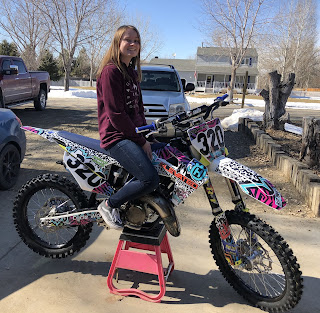Hawaiian Island Photography
https://www.naturescapes.net/articles/travel/photographing-hawaii-islands/ This article is about taking nature photos in Hawaii. This article interests me because I have always wanted to go to Hawaii and have found the nature photos that I have seen to be beautiful. Photography is not the only topic covered in the article. A history of the islands and some information about traveling to Hawaii and what to expect are included as well. The Hawaiian islands have everything from mountains, to volcanoes, to wildlife. On "The Big Island", you will find sea turtles, waterfalls, rainforests, white sand beaches, volcanoes, and much more. On Maui, many geological formations, volcanic craters, waterfalls, dolphins, and beaches can be found. On Oahu, you will see pipeline waves, tidal pools, and even temples. On Kauai, canyons, volcanoes, waterfalls, and species of ocean birds are found. On Molokai, you will see cliffs, waterfalls, and rainforests. On Lanai, volcanic boulders, a rain

